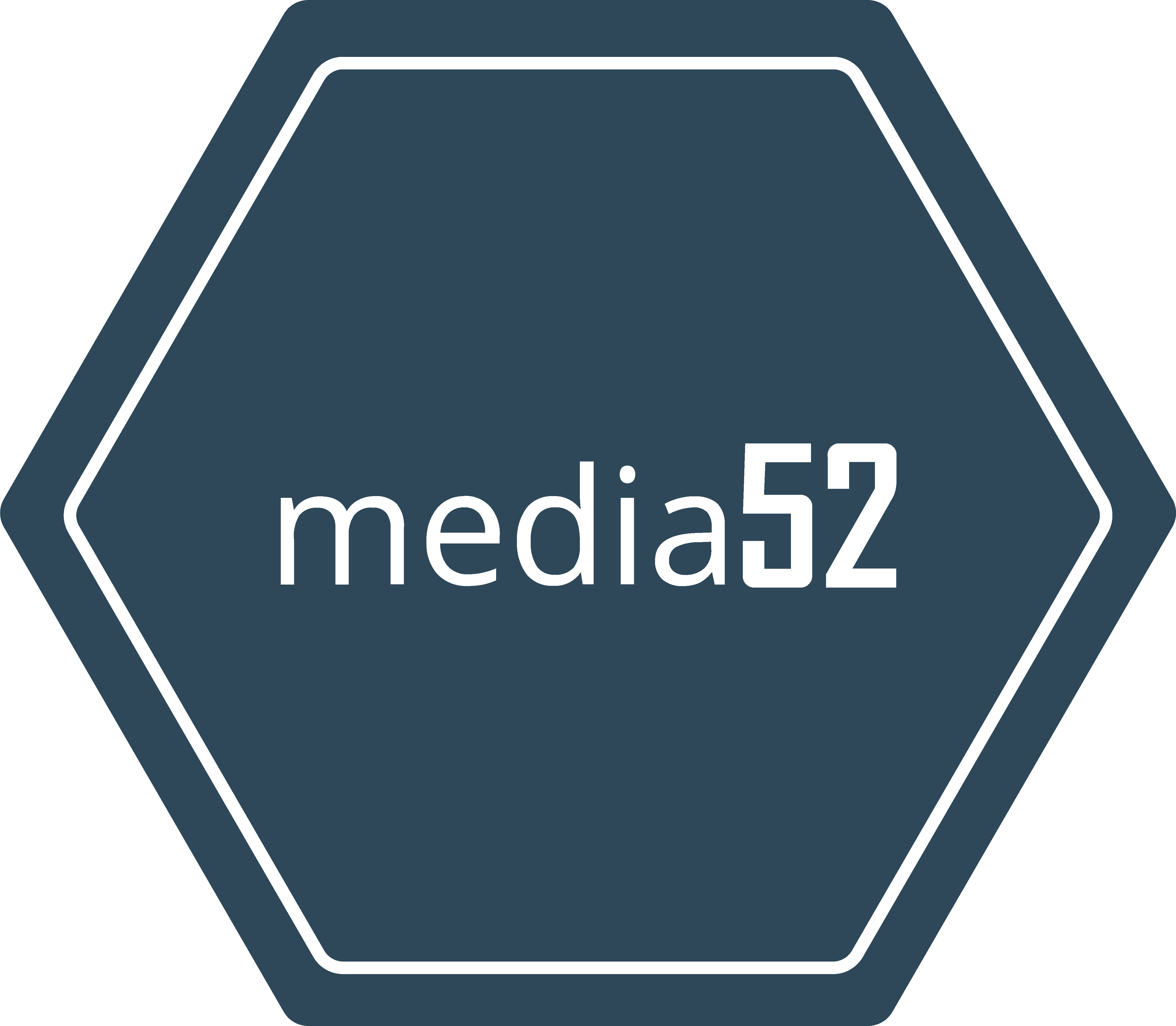TU Eindhoven's Quantum Computing Breakthrough: A Closer Look

Eindhoven, Monday, 7 April 2025.
TU Eindhoven showcases its advancements in quantum computing, emphasizing the power of qubits and the development of Ruby and Sapphire quantum computers, promising rapid solutions to complex problems.
Revolutionizing Computing with Atomic Precision
At the heart of TU Eindhoven’s quantum computing advancement are two groundbreaking machines: Ruby and Sapphire, which utilize rubidium and strontium atoms respectively as their fundamental building blocks [1]. Unlike traditional computers that process information through binary bits (0s and 1s), these quantum computers leverage the principles of quantum mechanics, allowing qubits to exist in multiple states simultaneously through a phenomenon known as superposition. Professor Rianne Lous explains that while a classical computer bit can only store one number, a quantum computer with 10 qubits can simultaneously process 1,024 different values [1][2].
Engineering at the Atomic Scale
The quantum computers operate in extraordinary conditions within the Qubit building at TU/e’s campus. According to Professor Servaas Kokkelmans, the facility maintains temperatures of approximately 4 microkelvin, making it ‘the coldest place in Eindhoven’ [1]. The system’s power efficiency is remarkable, with the quantum computing lab consuming just 6 kWh per day in 2024, equivalent to a typical residential home’s energy usage [1]. This achievement positions TU/e at the forefront of sustainable quantum computing development [3].
Competitive Edge in Global Quantum Race
While other institutions focus on increasing qubit numbers, with Caltech’s Endres lab demonstrating the trapping of 6,100 neutral atoms [1], TU/e’s approach emphasizes qubit quality and manipulation capabilities. Professor Kokkelmans emphasizes that the effectiveness of qubits, rather than their quantity, is crucial for computing performance [2]. The institute’s commitment to excellence has attracted attention within the quantum computing landscape, particularly as quantum technologies approach practical applications [2].
Future Prospects and Integration
Looking ahead, TU/e is preparing to integrate its hybrid quantum computer into the Quantum Inspire platform, making quantum computing capabilities accessible to the public [1]. Professor Rianne Lous envisions a future where photonics-inspired innovations will lead to more compact and powerful quantum computers [2]. This development aligns with the Eindhoven Hendrik Casimir Institute’s mission to combine photonics and quantum technology for sustainable applications in computing, communication, and sensing [3].

